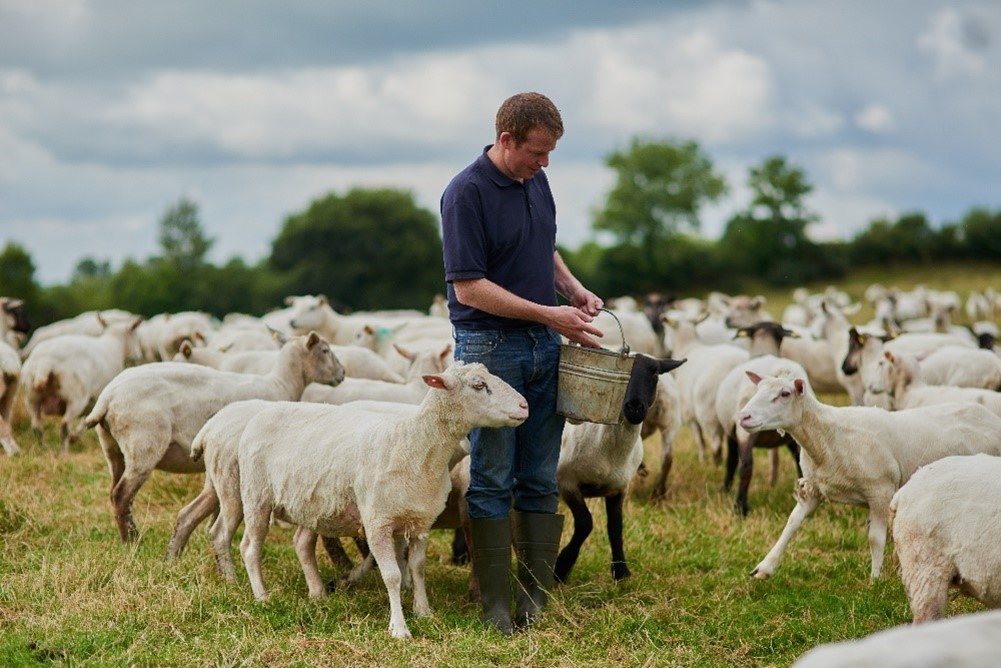Assessing Ewe Condition Before Tupping:
Ensuring Successful Breeding Outcomes
Assessing the condition of ewes before tupping is vital for ensuring successful breeding outcomes and maintaining optimal flock health. By carefully evaluating various aspects of their health and nutrition, you can make informed decisions to maximise fertility rates, increase conception rates, and promote the birth of healthy lambs.

Body Condition Scoring (BCS)
One of the most reliable methods for assessing ewe condition before tupping is implementing a body condition scoring system. BCS involves visually and manually evaluating the amount of fat cover over specific areas of the ewe's body.
The scoring system typically ranges from 1 to 5, with 1 indicating extreme thinness and 5 representing obesity. Aim for a moderate BCS of 3 to 3.5, as excessively thin or overweight ewes may experience reproductive challenges.
Proper nutrition and body condition are crucial for optimal fertility and successful breeding outcomes – just ensure assessment is done in plenty of time to allow nutritional changes to take effect.
Nutritional Assessment
Ewes require adequate nutrition to support reproductive processes and ensure successful breeding.
Before tupping, assess the nutritional status of ewes by grouping in relation to body weight and regularly weigh ewes to monitor changes in body weight. Weight loss or gain can indicate inadequate or excessive nutrition, which may impact fertility.
Additionally, evaluate the quality and quantity of their diet, ensuring it meets the ewes' nutritional requirements during this critical period. Adjustments to the diet, such as providing supplementary feed or adjusting grazing management, can be made to optimize their condition for breeding.
Reproductive Organ Health
A thorough assessment of the reproductive organs is essential before tupping. Inspect the ewe's vulva for any signs of injury, infection, or abnormal discharge. Healthy and well-maintained reproductive organs contribute to successful mating and conception. If any abnormalities are detected, speak to your vet promptly.
Within this, you should also be checking the 3Ts – toes, teats and teeth. If something is abnormal, your vet can conduct further examinations and provide appropriate treatments or interventions to address any issues.
Breeding History
Evaluating the ewe's breeding history is crucial for predicting their reproductive performance.
Examine their previous lambing records, including conception rates, lambing rates and weaning weights. Ewes with a history of successful breeding outcomes are more likely to continue exhibiting positive reproductive traits.
Conversely, ewes with a history of fertility problems or low conception rates may require closer attention and potential intervention to improve their chances of successful breeding.
Utilise this historical data to make informed decisions regarding breeding selection and replacement strategies.
Assessing ewe condition before tupping plays a crucial role in ensuring successful breeding outcomes. By employing body condition scoring, conducting nutritional assessments, evaluating reproductive organ health, considering breeding history, and conducting overall health assessments, you can make informed decisions and take necessary actions to optimise ewe condition for successful mating, conception, and the birth of healthy lambs.
- 1st September 2023
